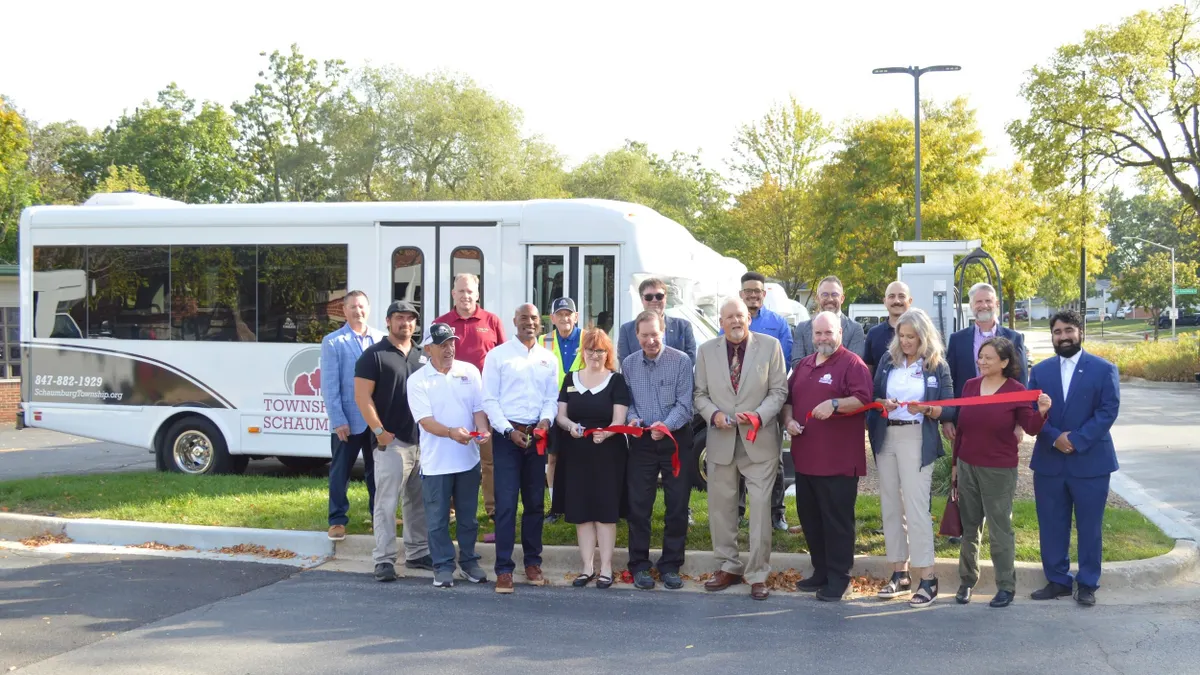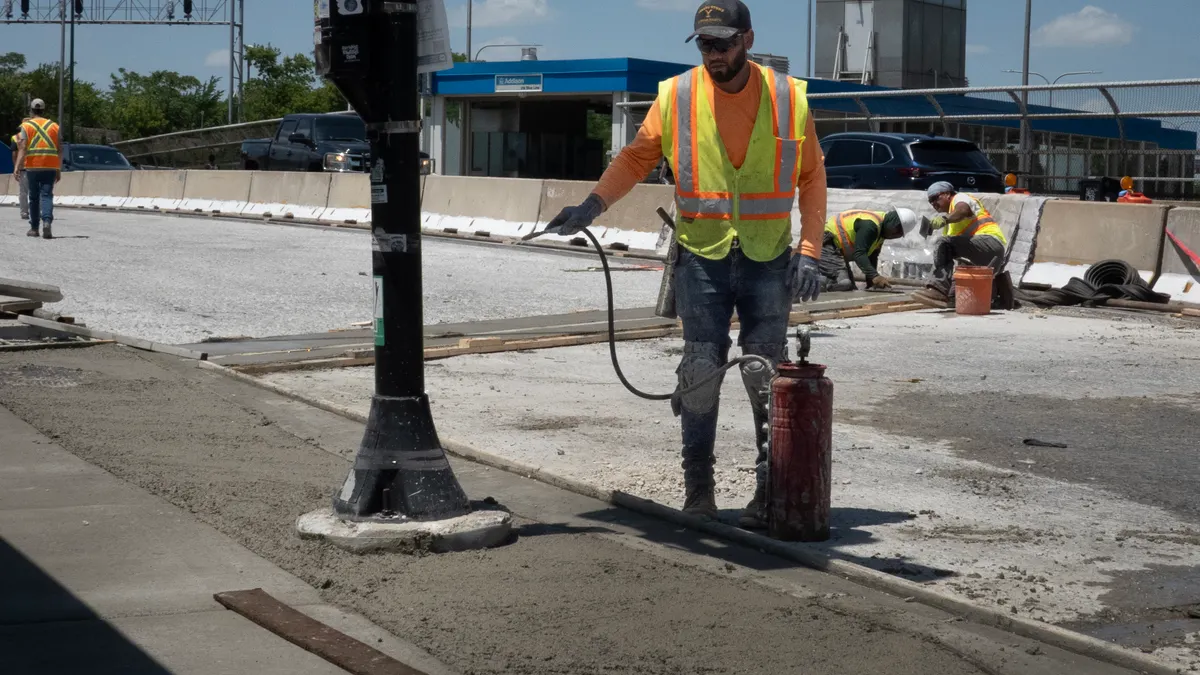For some private-sector providers of shared bikes and scooters, 2023 was a year of reckoning, leaving them to face the harsh reality of financial losses, venture funding drying up and bad decisions by both the companies and the cities they contracted with, industry experts told Smart Cities Dive.
“A lot of these companies have received tremendous amounts of funding and very high valuations,” said Kersten Heineke, a partner at McKinsey & Co. who co-leads the McKinsey Center for Future Mobility. But the funding environment changed last year, with venture deals at a six-year low and funding down 42% year over year, according to CB Insights, a technology business analytics firm. As a result, some micromobility companies resorted to layoffs or pulled out of certain markets, Heineke said. Bird experienced the most high-profile turmoil, with the company filing for Chapter 11 bankruptcy in December.
There’s no question that customer demand is growing. In 2022, shared micromobility ridership reached nearly 128 million trips in the U.S., per data from the North American Bikeshare and Scootershare Association. Plus, the number of cities in North America with shared bike or e-scooter systems grew 37% between 2019 and 2022, from 292 to 401. Lime’s chief operating officer, Woody Hartman, said the industry is here to stay despite recent turbulence.
“The industry exists because cities need a solution to the transportation needs of their residents,” Hartman said. An investor-backed company, Lime reported $250 million in gross bookings for the first half of 2023, a 45% increase over the same period in the prior year. Earnings before interest, taxes, depreciation and amortization came in at $27 million during this period, the company said.
“This is a relatively new industry that experienced a lot of experimentation, a lot of competing strategies and approaches in the first five, six, seven years of its existence,” Hartman explained. “I think what we’re seeing now is the fallout, where we learn which of those strategies are ultimately successful and scalable and sustainable, and which ones are not.”
Among the keys to success, experts said, is how cities and micromobility providers work together. “Where cities were intentional that they were going to have and support micromobility, there’s much more survivability,” said Benjie de la Peña, CEO of the Shared-Use Mobility Center, a nonprofit organization that aims to replace car-centric transportation.
But as micromobility companies began to proliferate in recent years, cities sometimes awarded contracts to multiple providers, often with strict conditions, Heineke explained. “There are some things in the city tenders that make it very hard for the companies to actually be profitable,” he said.
“Sometimes the goals of a city unintentionally make the service less desirable and actually hurt the demand for this industry in the long term,” Hartman explained, pointing to fees that can make the service unaffordable for some users or parking restrictions that make it difficult to find a nearby bike or scooter. “The only true headwind for us in the growth of micromobility is the regulations that cities impose,” he said.
According to de la Peña, some cities were misled into believing that bikesharing and scooter-sharing companies could provide self-supporting micromobility services. But “no transportation system survives without public sector support,” he said.
Hartman echoed that sentiment, explaining that subsidies could go toward reducing rider costs, setting aside parking corrals, providing bike lanes or capping the number of bikes and scooters at a high enough level that enables the provider to meet demand and generate sufficient revenue. “We see a lot of unmet demand and a lot of demand growth,” he said.
The availability of bike lanes and pathways encourages micromobility use, these experts say. “One of the most important things to consider is whether the community has a low-stress biking network, as people will be most comfortable using bike share and electric scooters within a low-stress network,” a spokesperson for the Association of Pedestrian and Bicycle Professionals said in an email.
Micromobility can help reduce overall carbon emissions from transportation by reducing car use, de la Peña said. “I expect some cities and even states to start thinking about the role of micromobility in the climate fight.” That could involve greater integration with existing transportation modes through mobility hubs that connect bike and scooter share with transit.
2024 could shape up to be a transitional year for micromobility. “I feel like we’re at an inflection point in the industry where the responsible, sophisticated, strong operators are transitioning into a very long-term mindset that is going to show sustainable growth and value for years and years to come,” Hartman said.
Cities and providers will learn to work better together, said de la Peña. He sees more interest now in better collaboration between business and government.
But for those providers who don’t make the grade, McKinsey’s Heineke sees “a few companies merging, a few others going out of business and a few others restructuring quite heavily.” Consolidation within the industry will lead to greater economies of scale, Heineke added. “The whole industry will emerge stronger from this.”




















